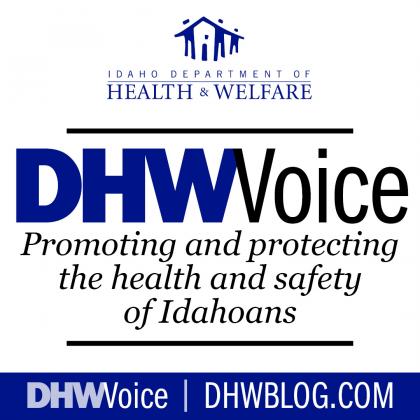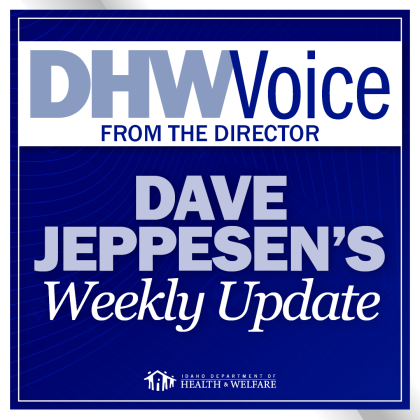Being up to date on recommended immunizations is the most effective way to protect yourself and your family against serious or deadly vaccine-preventable diseases. August marks the annual observance of National Immunization Month, a great reminder to review and update vaccinations for everyone in your family.
What vaccines do people need?
Recommended vaccines can vary based on vaccine history, age, and current health status. Consult your healthcare provider or visit www.immunizeidaho.com to see recommendations. High immunization rates within communities play a vital role in protecting the health of vulnerable populations, including infants, young children, older adults, and people with chronic health conditions. Additionally, widespread immunization helps prevent or slow the spread of communicable diseases.
What immunizations do adults need?
There are specific vaccines that adults should prioritize each year. Adults should receive the flu vaccine each year, along with staying current on COVID-19 vaccines and boosters.
The Tdap vaccine offers protection against pertussis (whooping cough), tetanus, and diphtheria. Pregnant women should receive the Tdap vaccine during each pregnancy to safeguard their babies until they are old enough for their own vaccinations.
A Td booster is recommended every 10 years to renew protection against tetanus and diphtheria.
Adults 50 and over are encouraged to get the shingles vaccine. Other adult vaccines, such as the pneumococcal vaccine, are recommended based on age, occupation, previous vaccinations, and health status.
What are vaccine recommendations for students?
There are specific requirements for children attending Idaho schools to be vaccinated against diseases that spread easily in group settings.
Contagious diseases like whooping cough and measles can easily spread in schools and at home, potentially affecting unvaccinated infants. Whooping cough poses a significant risk to babies.
For more information on school immunization requirements, visit www.immunizeidahoschools.com.
College students should also prioritize staying up to date on their immunizations. These should include the seasonal influenza, MMR, Tdap, meningococcal disease, and HPV vaccinations. The MMR vaccine protects against measles, mumps, and rubella, while the HPV vaccine helps prevent certain types of cancer and is recommended to be given to boys and girls at 11-12 years of age. Young adults who weren’t vaccinated as pre-teens can still receive the HPV vaccine until they reach 26 years of age.
The meningococcal vaccine is particularly important for college students, especially those living in residence halls or participating in sports programs, as it safeguards against bacterial meningitis.
Additionally, COVID-19 vaccines are available for everyone aged 6 months and older.
How to get your immunization record?
To access your immunization records in Idaho, download the Docket® app[LSC41] , which allows you to access your vaccination history recorded in Idaho’s Immunization Reminder Information System (IRIS). The Docket® app is voluntary and provides a convenient way to keep track of your immunization status. The app is available for both iOS and Android operating systems.
Alternatively, you can request your records from your healthcare provider or submit a request to the Idaho Department of Health and Welfare through this link: https://healthandwelfare.idaho.gov/news-notices/public-records-requests.
During National Immunization Awareness Month, take proactive steps to ensure you and your family are protected against vaccine-preventable diseases. Prioritize vaccination and stay informed about the latest immunization recommendations for all age groups. A collective effort towards high immunization rates can lead to healthier communities and a safer future for everyone.
Resources:
Sarah Leeds is manager of the Idaho Immunization Program in the Division of Public Health. She has served in this role since June 2019, focusing on increasing vaccine coverage among Idahoans.
The Idaho Department of Health and Welfare is dedicated to strengthening the health, safety, and independence of Idahoans. Learn more at healthandwelfare.idaho.gov.


Join the Discussion
Please note the following terms of participation in commenting on the DHW Voice blog.
To ensure a productive discussion you agree to post only comments directly related to this post and to refrain from posting obscenities; threatening, abusive or discriminatory language; sexually explicit material; and other material that would violate the law if published here; promotional content; or private information such as phone numbers or addresses. DHW reserves the right to screen and remove inappropriate comments.